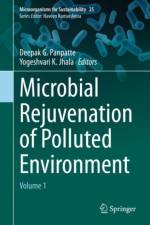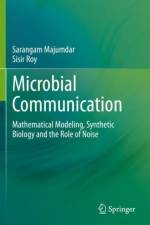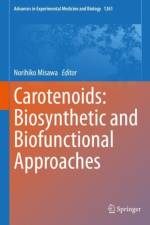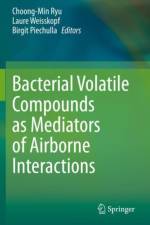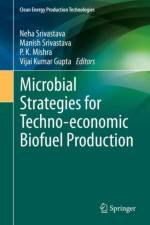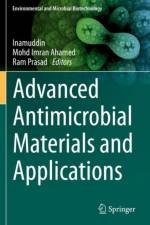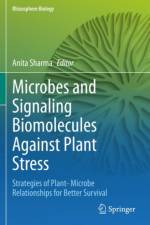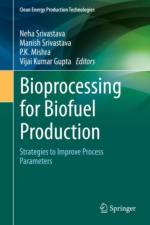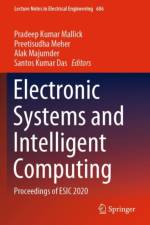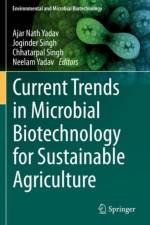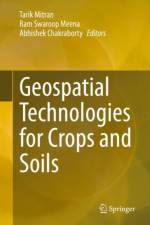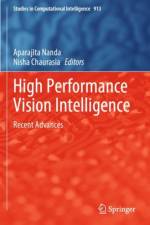1 779,-
This book provides a comprehensive overview of carotenoid biosynthesis by different organisms, including bacteria, archaea, fungi, arthropods, and plants. Carotenoids are thought to provide health benefits in areas such as cancer, diabetes, osteoporosis, NAFLD, NASH, obesity, age-related functional decline, and as a result, they have received an increasing amount of attention.With contributions from leading experts in biology, biotechnology, and chemistry of carotenoid research, this volume discusses the biological functions of carotenoids such as astaxanthin, ß-cryptoxanthin, and fucoxanthin, in addition to paprika carotenoids, capsanthin, and capsorubin. It also reveals the technologies behind the commercial production of some functional carotenoids.The book is targeted for academic and industrial readers in biology, biotechnology, nutrient physiology and related fields.


